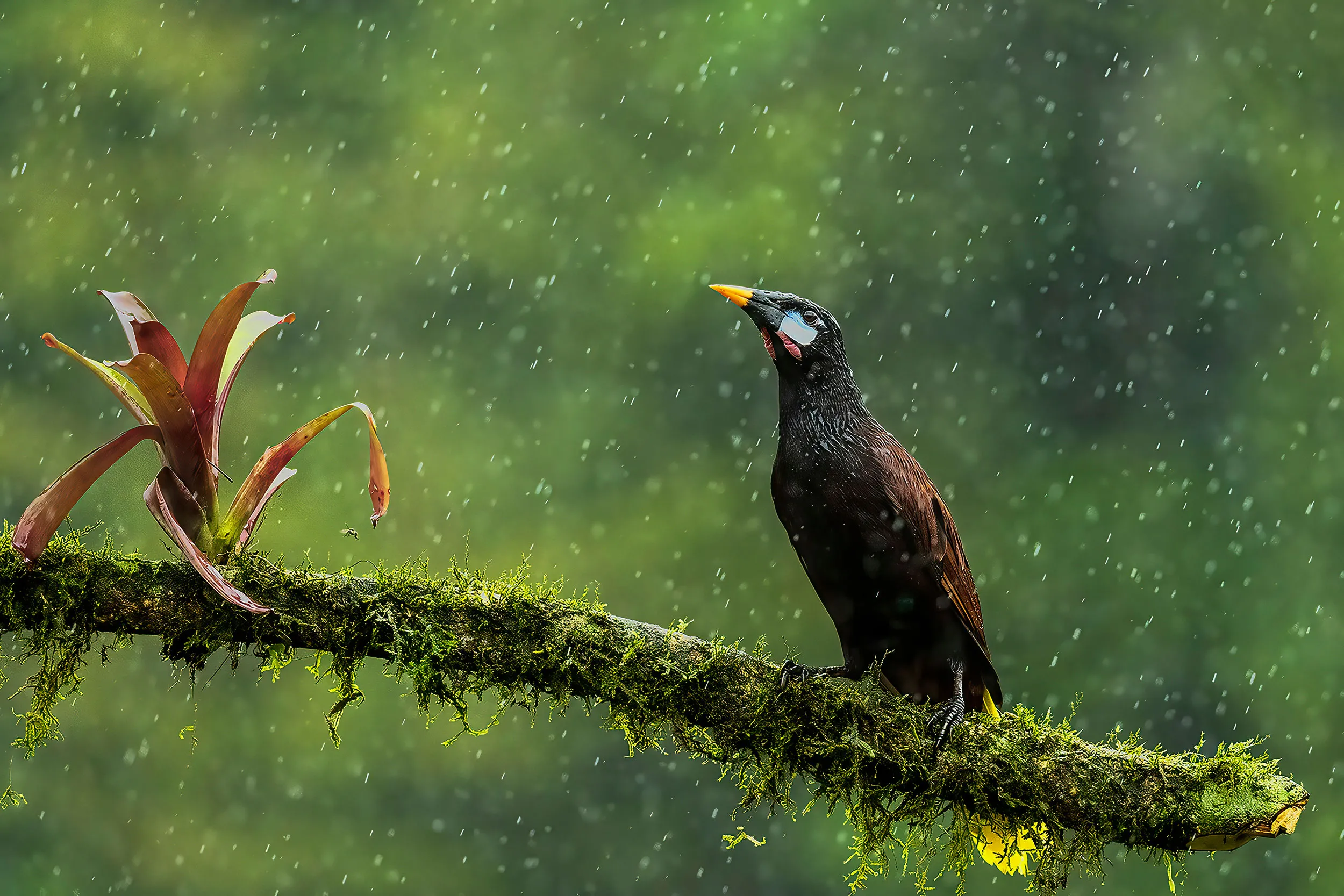Birding in Costa Rica in the Green Season
Posted Aug 11, 2023
For those birding enthusiasts, the Green Season can be an incredibly rewarding and unique experience. While the weather might be wetter compared to the dry season, the increased rainfall brings out a surge of avian activity that is perfect for bird watchers.
Here are some reasons why bird watching in the green season in Costa Rica can be exceptional:
Breeding and Nesting Activity: Many bird species in Costa Rica are more active during the green season months as they engage in breeding and nesting activities. This means you have a higher chance of witnessing courtship displays, nest building, and even seeing fledglings and chicks.
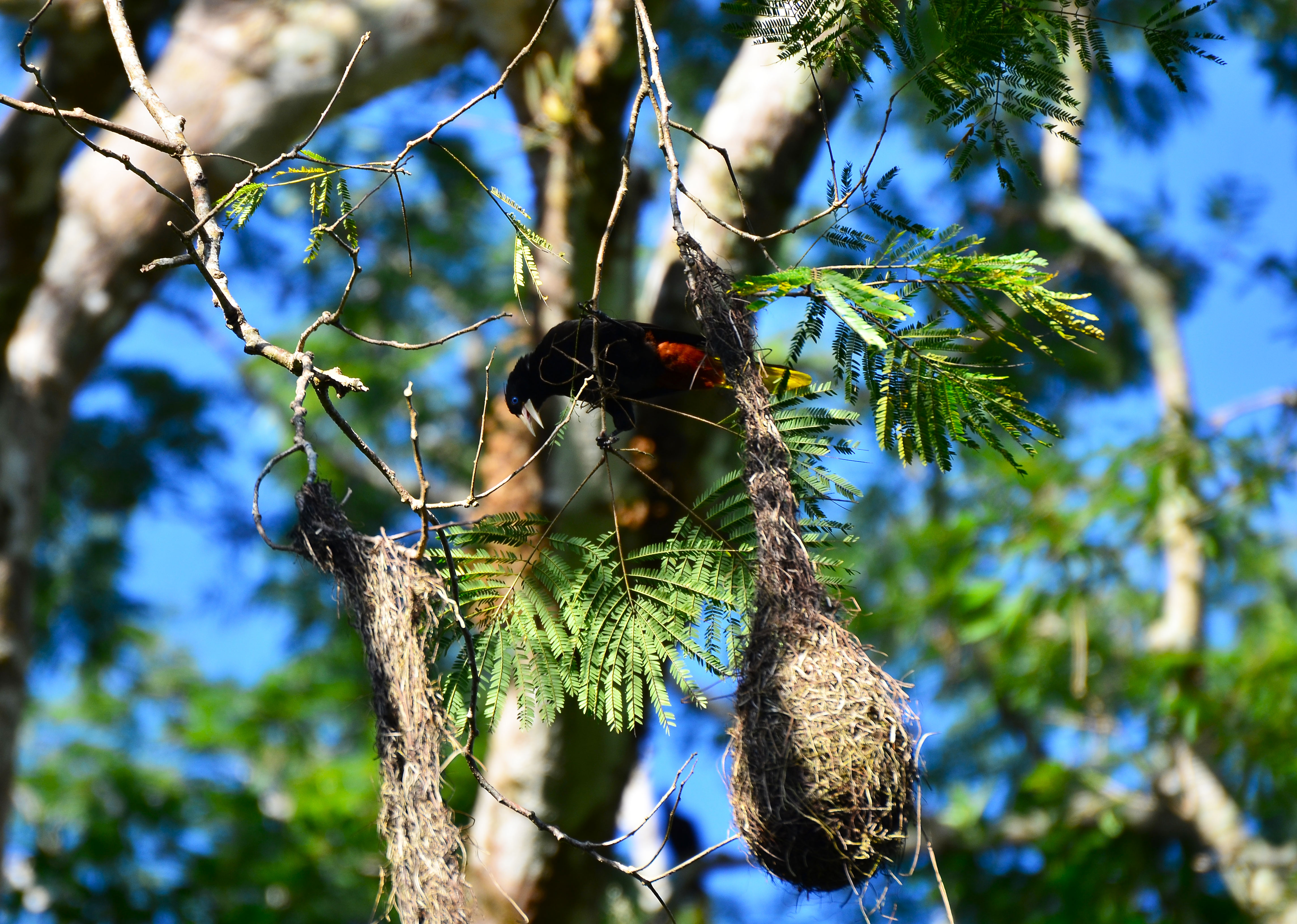
Migratory Birds: The green season coincides with the migration of various bird species to Costa Rica. This period can result in a higher diversity of bird species, including those that are not present during the dry season. Migratory birds often use Costa Rica as a stopover point on their journey, making it an excellent time to spot a wide range of avian visitors.
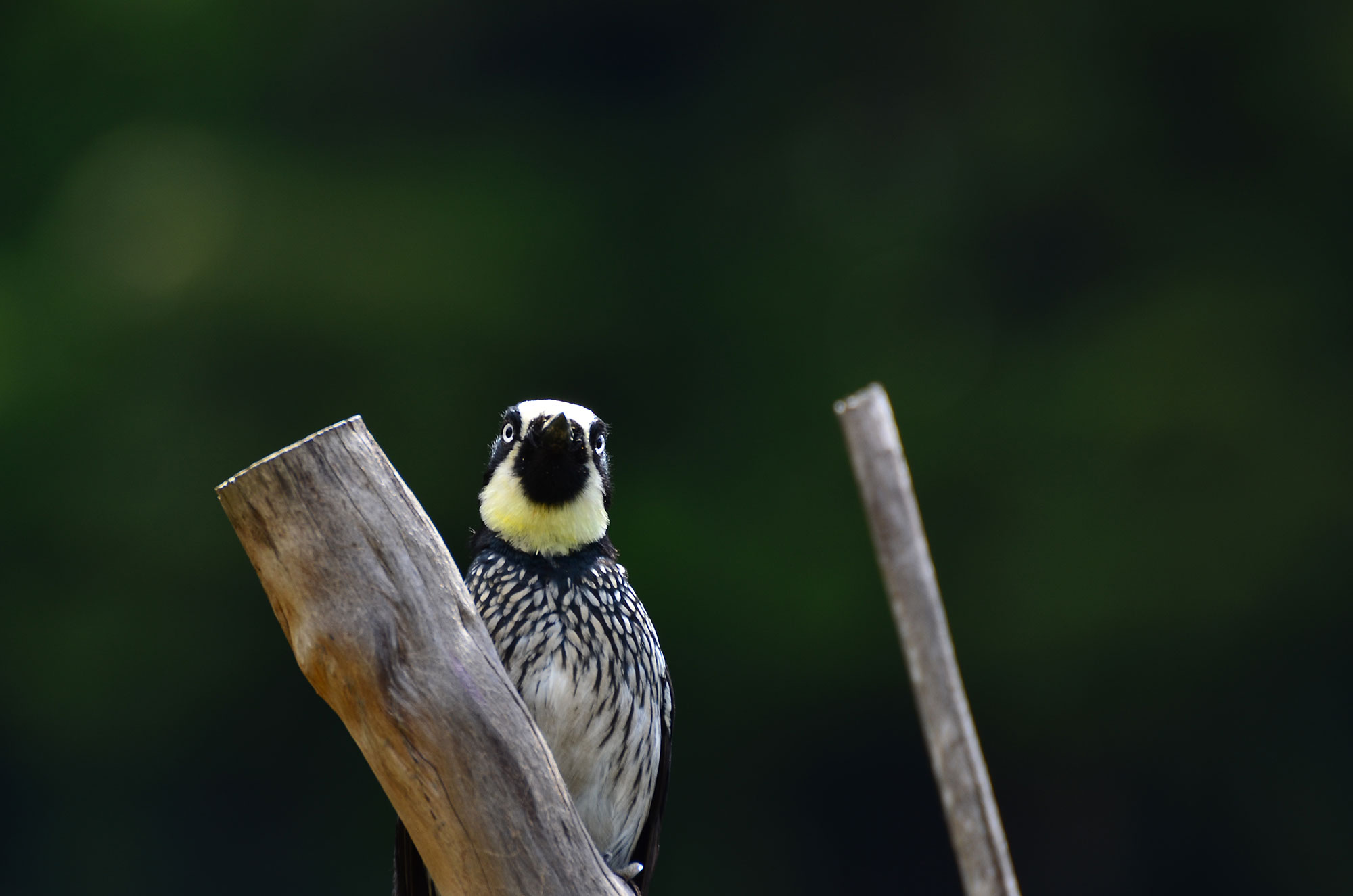
Peacefull and Immersive: Due to the lower number of tourists during the green season, popular bird watching spots and trails are often less crowded. This provides a more peaceful and immersive experience, allowing you to take your time observing and enjoying the birds without distractions.
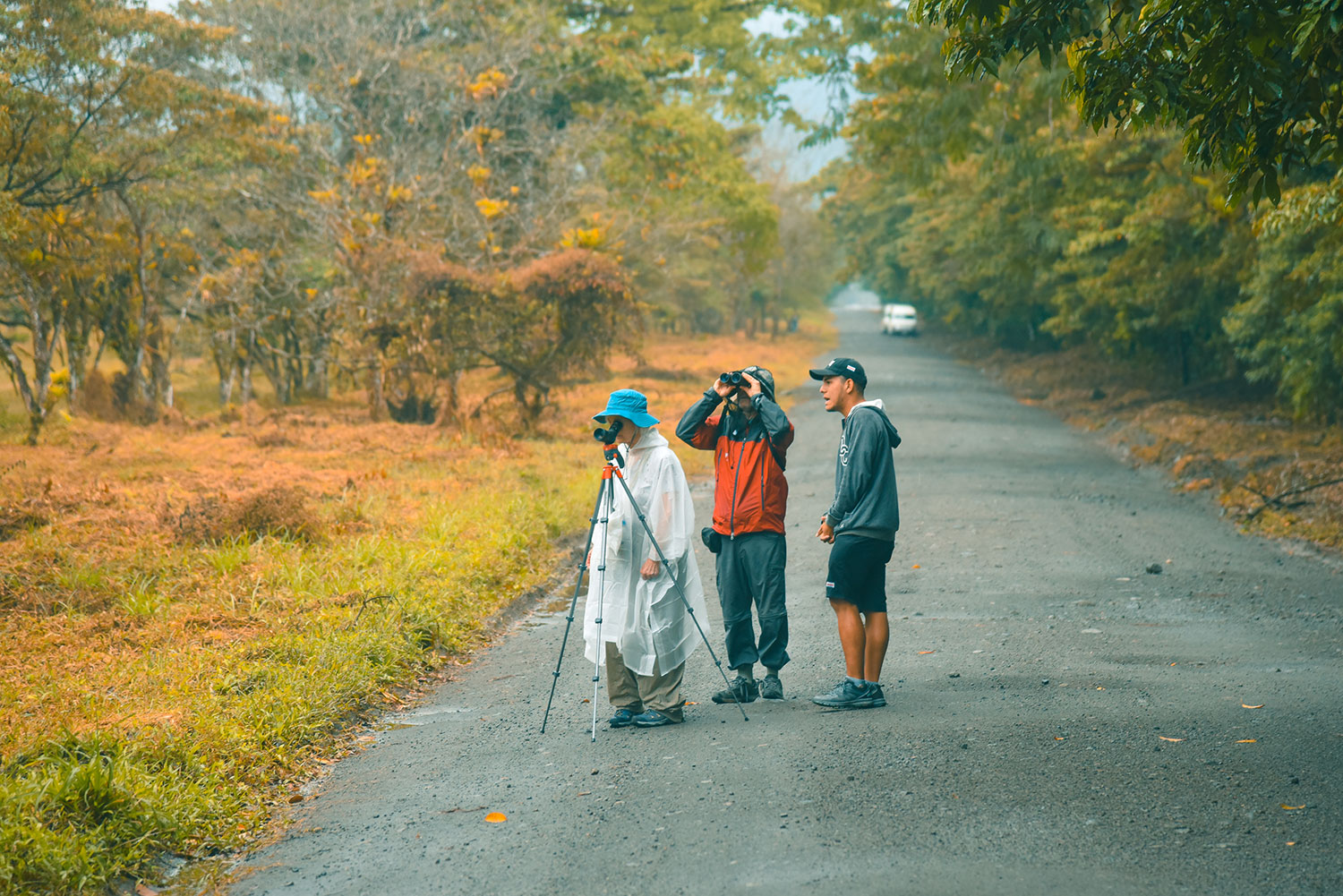
Unique Behaviors: The green season can bring about unique behaviors in birds as they adapt to the changing environment. This might include increased vocalization, foraging patterns, and interactions between different bird species. Observing these behaviors can provide valuable insights into avian ecology.
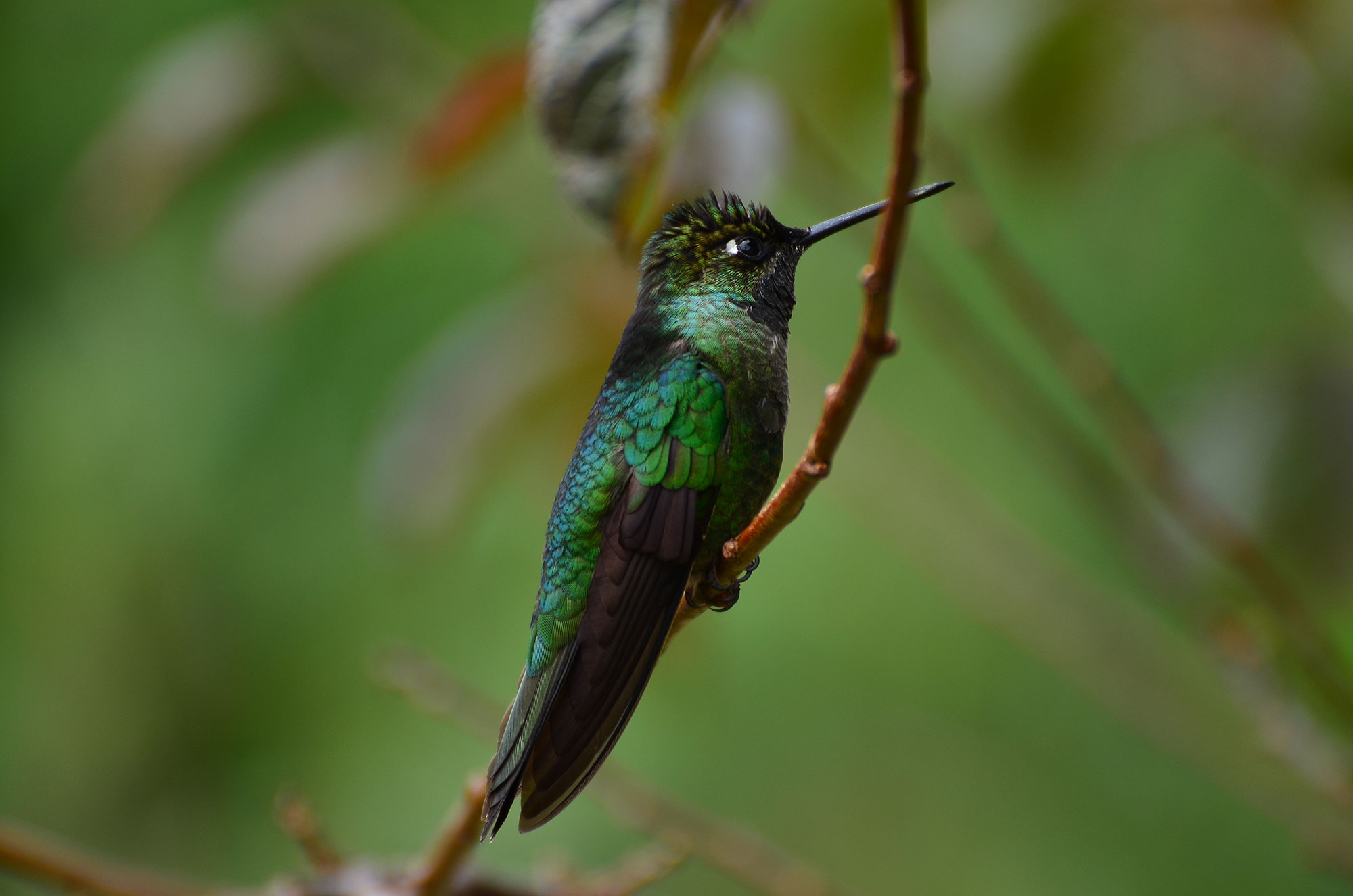
When planning a bird watching trip during the green season in Costa Rica, make sure to bring appropriate rain gear, insect repellent, and binoculars. Research the best bird watching locations and consider joining guided tours or hiring local birding experts to maximize your chances of having a fulfilling and memorable bird watching experience.
A Bird Watching Journey:
Monteverde Cloud Forest: Known for its misty and enchanting cloud forests, Monteverde is home to numerous bird species, including the iconic Resplendent Quetzal. The reserve's unique elevation and diverse plant life attract a wide variety of birdlife. Two nights is recommended.
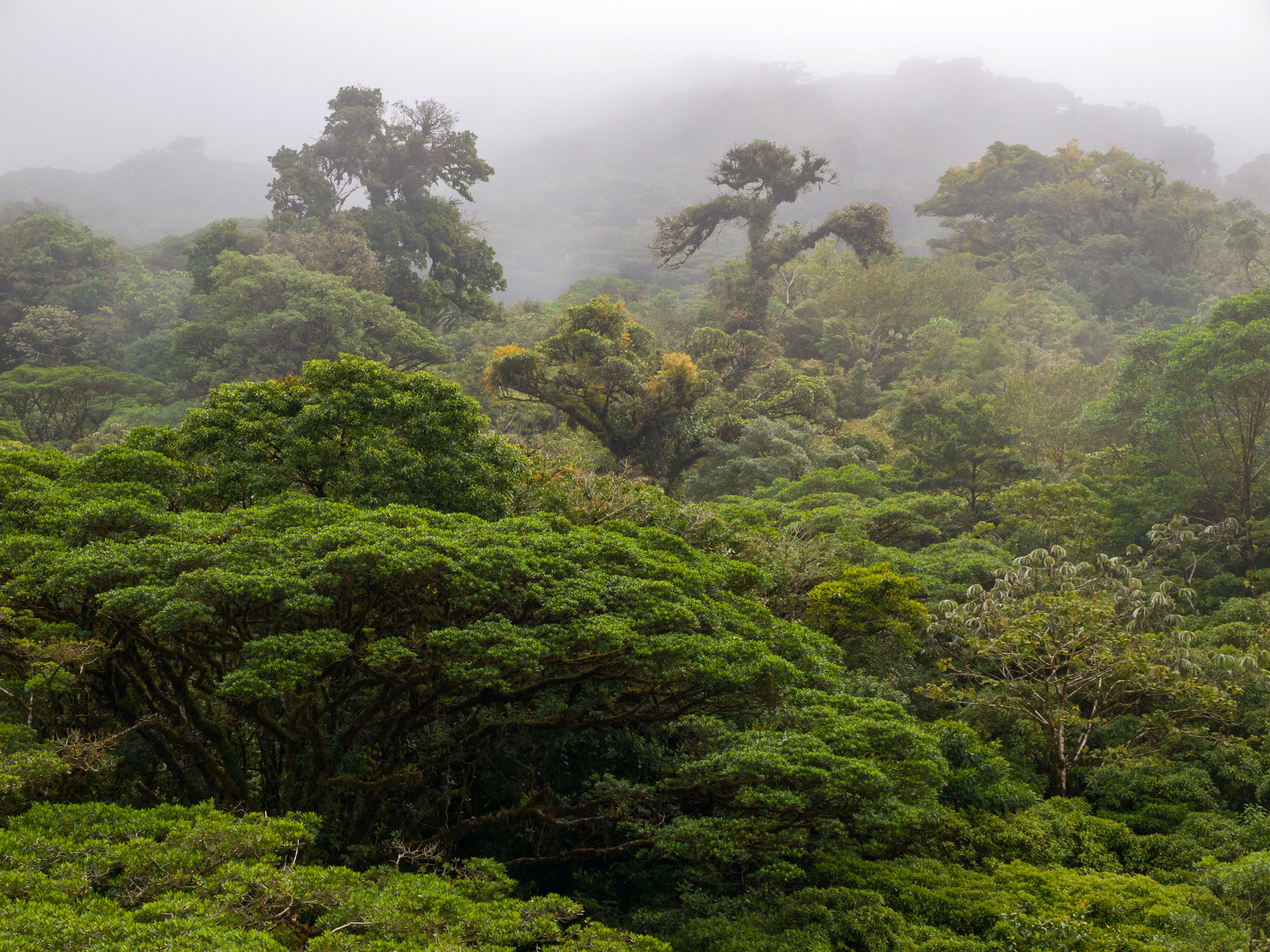
Corcovado National Park: Located on the Osa Peninsula, Corcovado is a biodiversity hotspot and one of the most biologically intense places on Earth. Its primary rainforest habitat supports scarlet macaws, toucans, harpy eagles, and a plethora of other species. At least three nights is recommended.
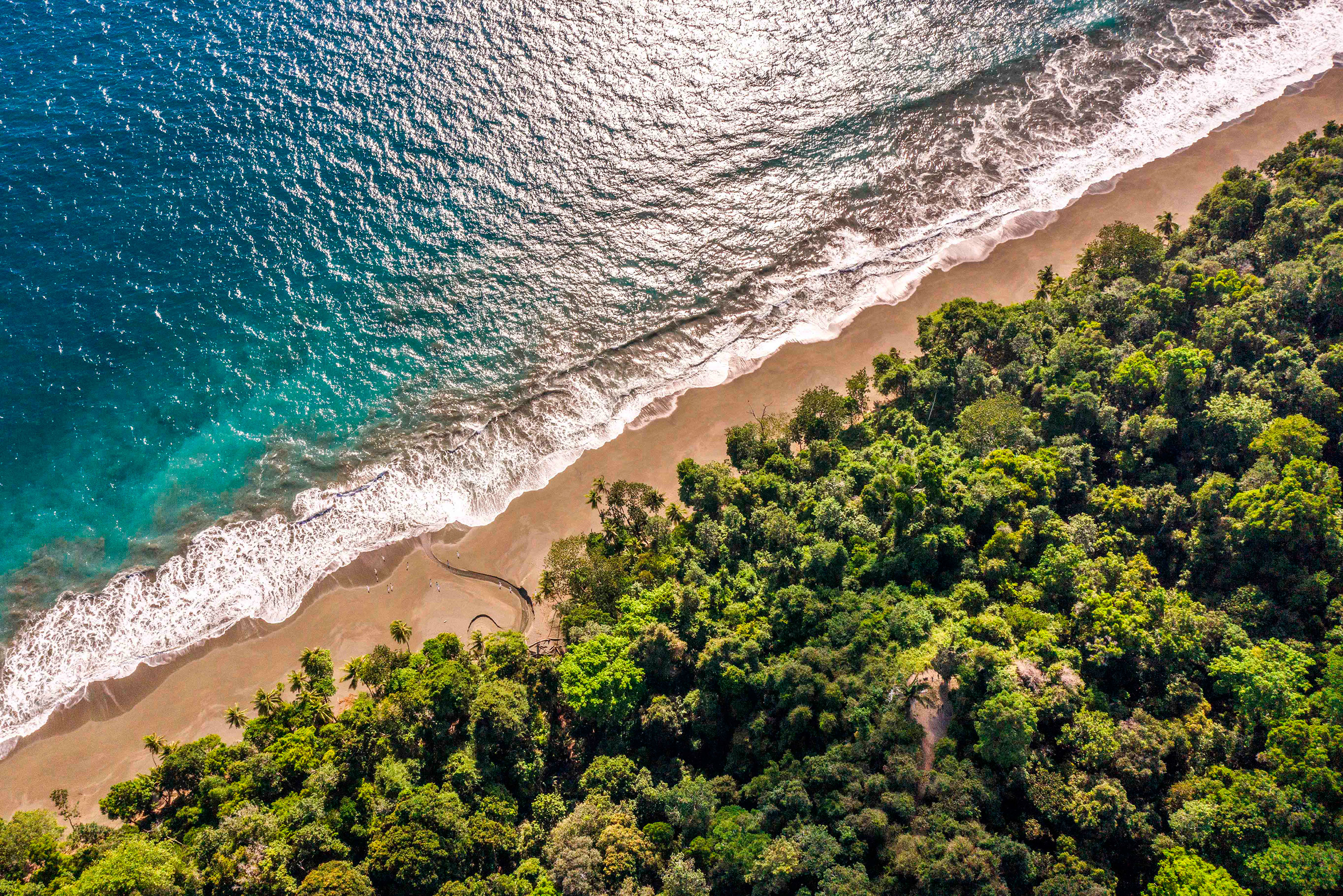
Golfo Dulce & Pedras Blancas National Park: Across from the Osa Peninsula and Corcovado, the region of Golfo Dulce and Piedras Blancas National Park are fantastic birding destinations. This area´s isolation has led to the evolution of unique species, including the black-cheeked ant-tanager and the black-hooded antshrike.
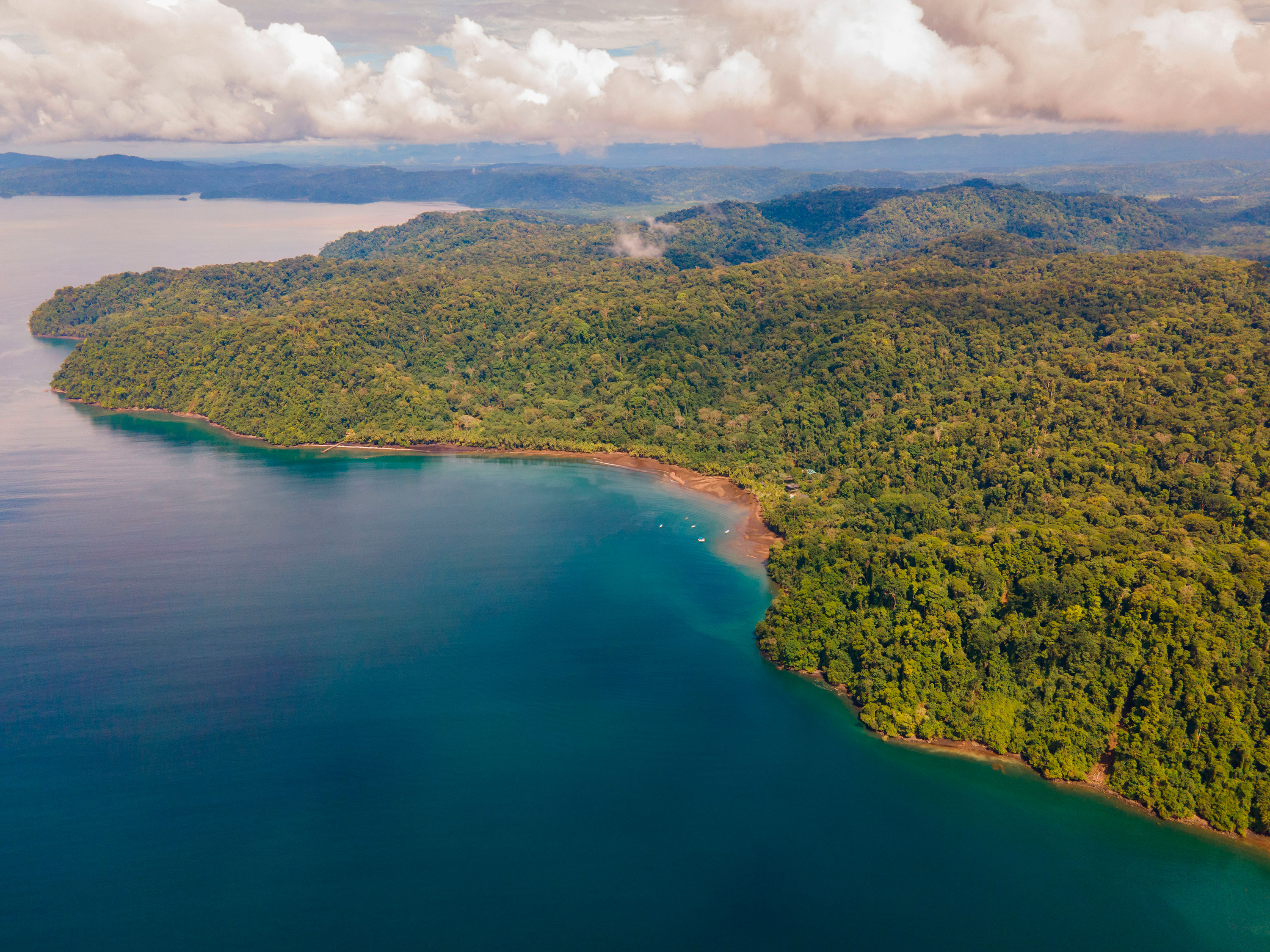
San Gerardo de Dota: Pristine cloud forests and biodiverse ecosystems create an ideal habitat for a wide array of bird species, making it a prime location for birdwatching. The elusive and stunning Quetzal, with its vibrant plumage, is a notable highlight that attracts enthusiasts from around the world. As you explore the forest trails and hidden paths, you'll be treated to the melodious calls and vibrant colors of tanagers, hummingbirds, and a myriad of other bird species.Two nights is recommended.
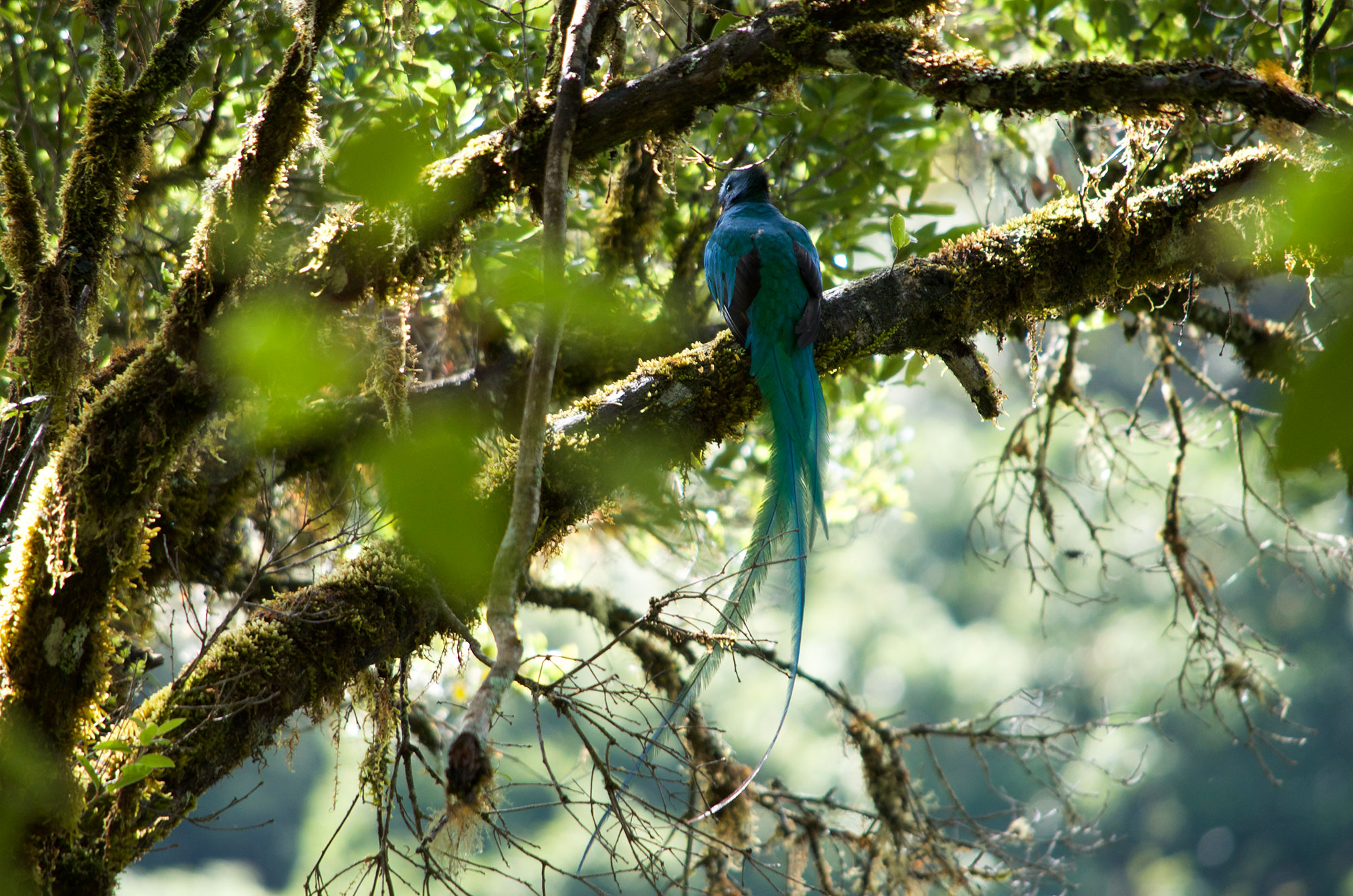
Tortuguero national Park: This coastal park is famous for its nesting sea turtles, but it's also a bird-watching haven. It's home to an array of waterfowl, including herons, kingfishers, and anhingas, as well as various species in the surrounding rainforest. At least three nights is recommended.
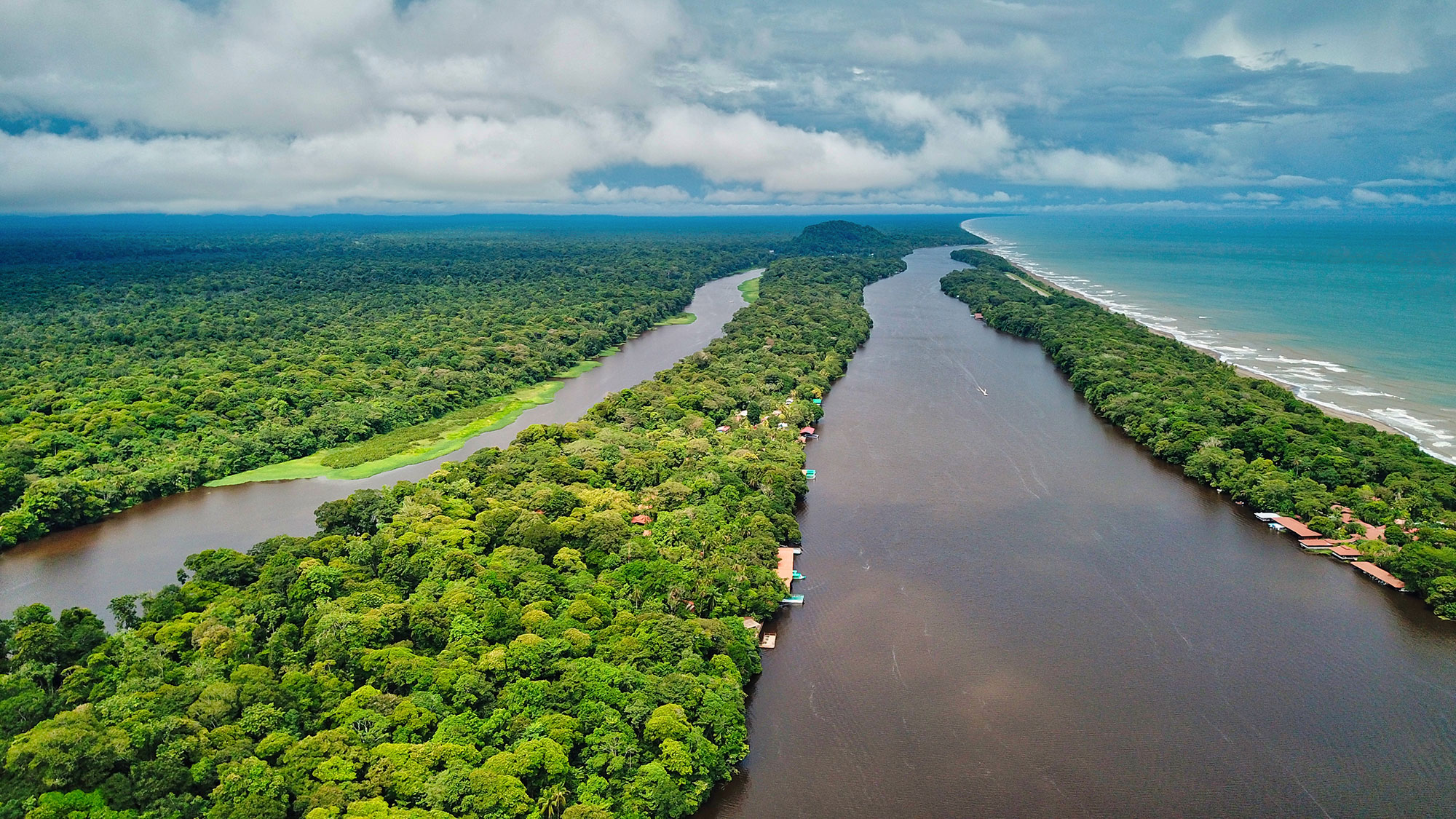
Arenal Volcano National Park: The Arenal area offers both rainforest and open habitats, making it a great place to spot a wide variety of birds, from raptors to toucans. The volcano's slopes and nearby Lake Arenal attract a range of species. Two nights is recommended.
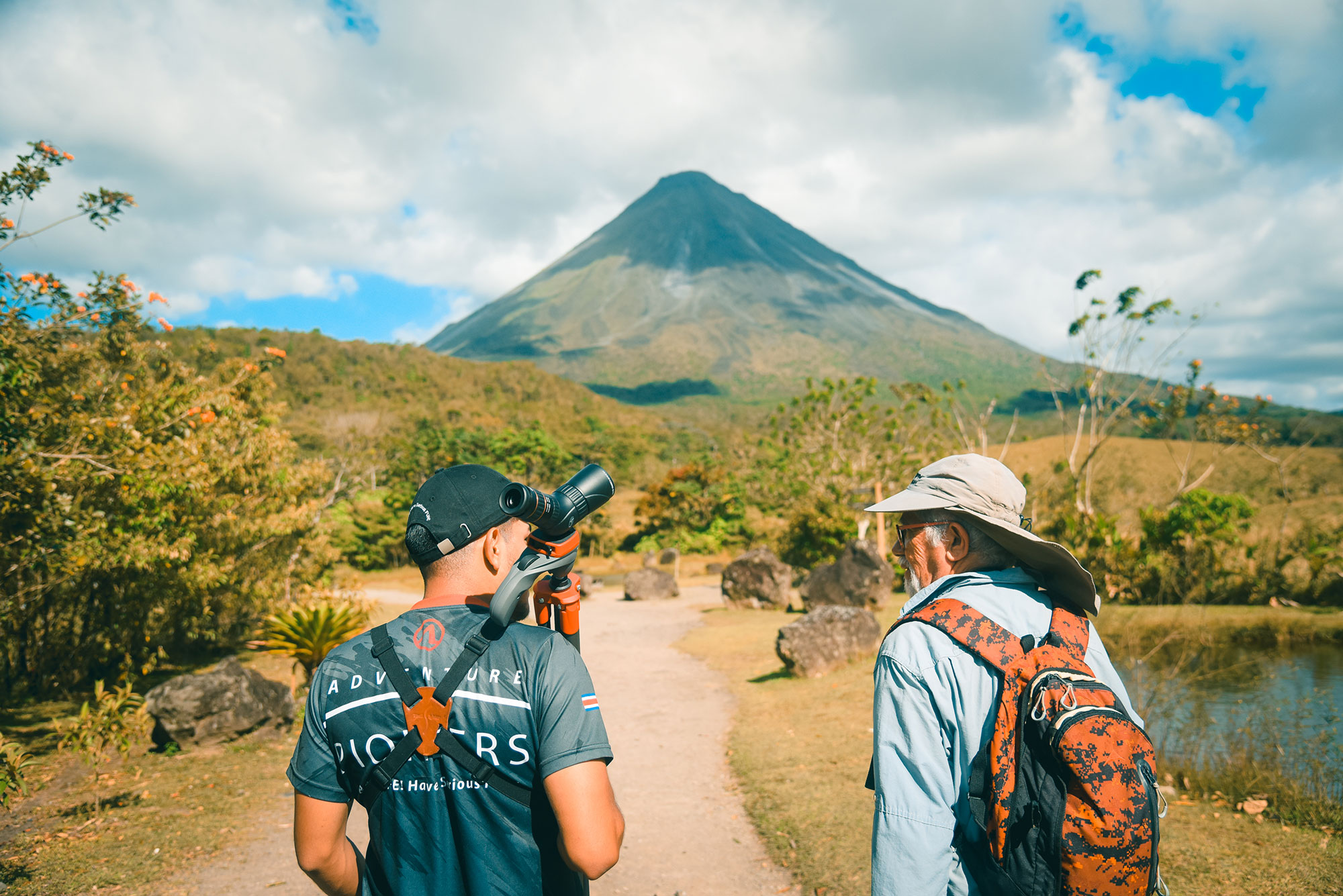
Guanacaste Dry Forests: While many birding, sites are rainforest-focused, Guanacaste's dry forests offer a unique ecosystem. Look for species such as the black-headed trogon, plain chachalaca, and crested caracara. Three nights is recommended.
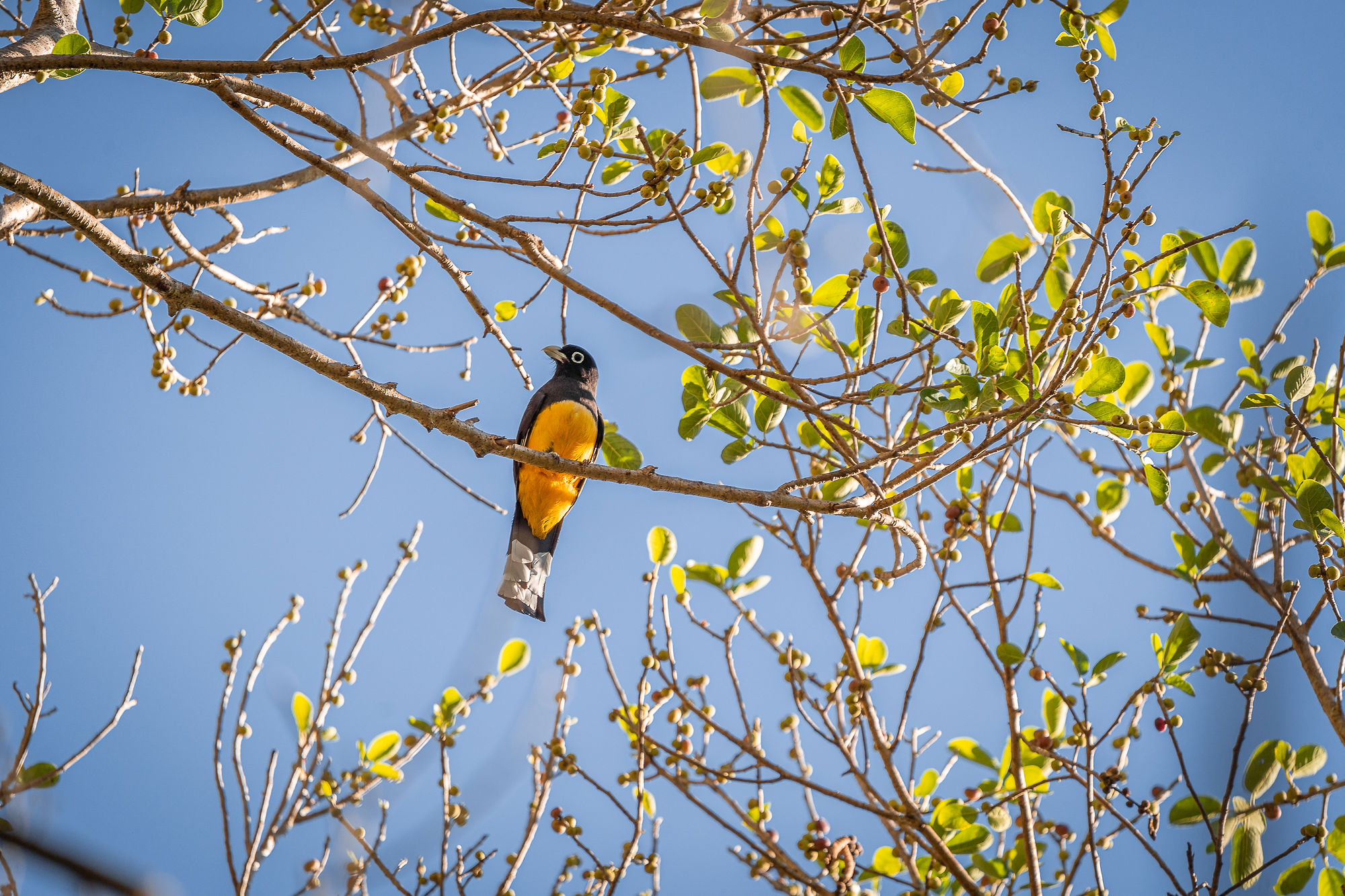
Carara National Park: Located between the wet and dry regions, Carara boasts an impressive variety of birdlife, including scarlet macaws, motmots, and herons.
Remember that Costa Rica's bird species can vary depending on the time of year, so it's a good idea to research the species you're interested in and the best times to spot them in each region. Hiring a local bird guide can significantly enhance your bird-watching experience by helping you locate and identify various species.
Packing Tips: When traveling to Costa Rica in the green season it's advisable to pack lightweight rain gear, including a waterproof jacket or poncho, comfortable hiking shoes, insect repellent, and quick-drying clothing. Be prepared for sudden rain showers and changing weather conditions.
